Dove Marine
Building In Cullercoats, Tyne And Wear
A research and teaching laboratory which formed part of the School of Marine Science and Technology at Newcastle University. It is now part of the larger School of Natural and Environmental Sciences.
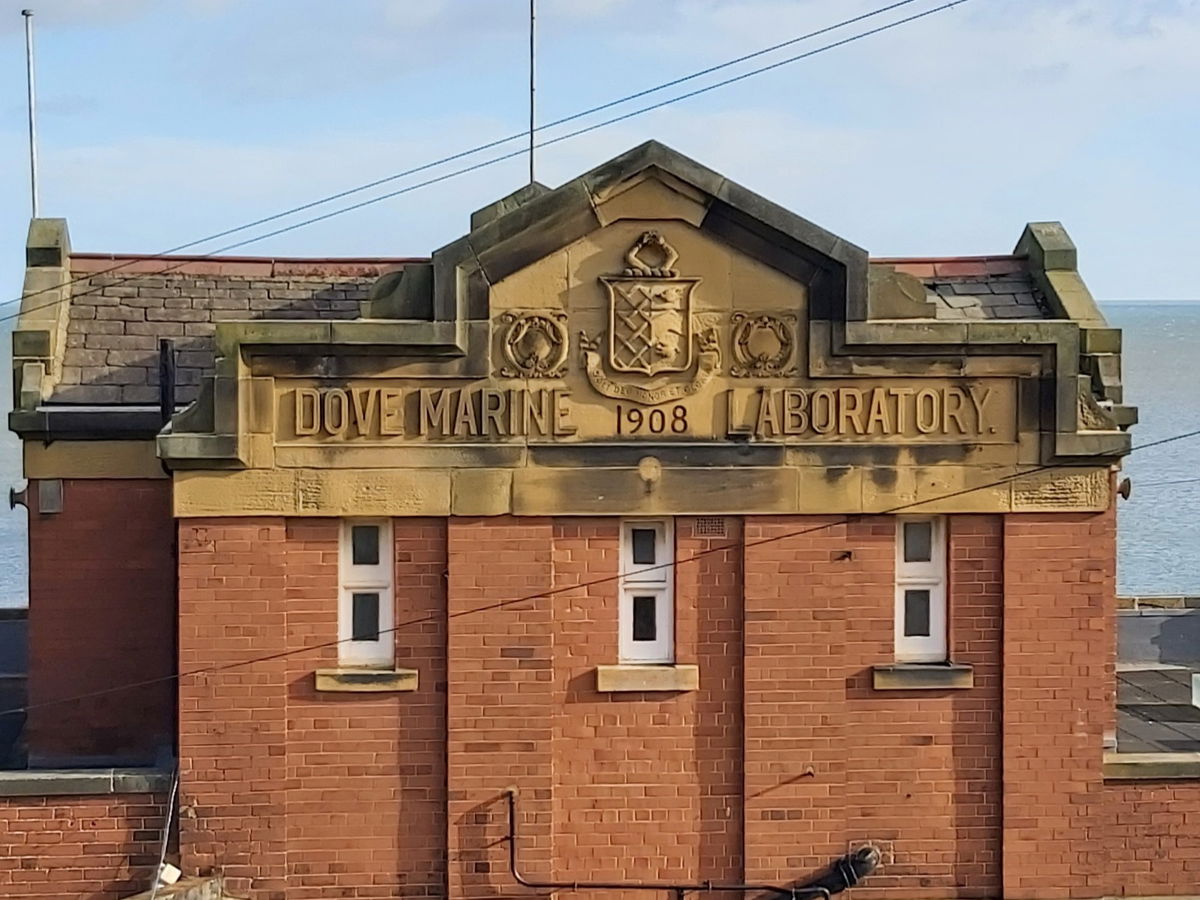
The Dove Marine Laboratory is a research and teaching laboratory located on the northern edge of Cullercoats Bay and originally formed part of the School of Marine Science and Technology within Newcastle University but which is now part of the larger School of Natural and Environmental Sciences. The laboratory was established in 1887, in the October of that year, as a small wooden hut next to the Cullercoats Bay Saltwater Baths. The Salt Water Baths were positioned in an area where no fresh water could mix with the sea water and weaken its strength, and were refilled every tide to avoid infection. The baths had four bathrooms and dressing rooms.
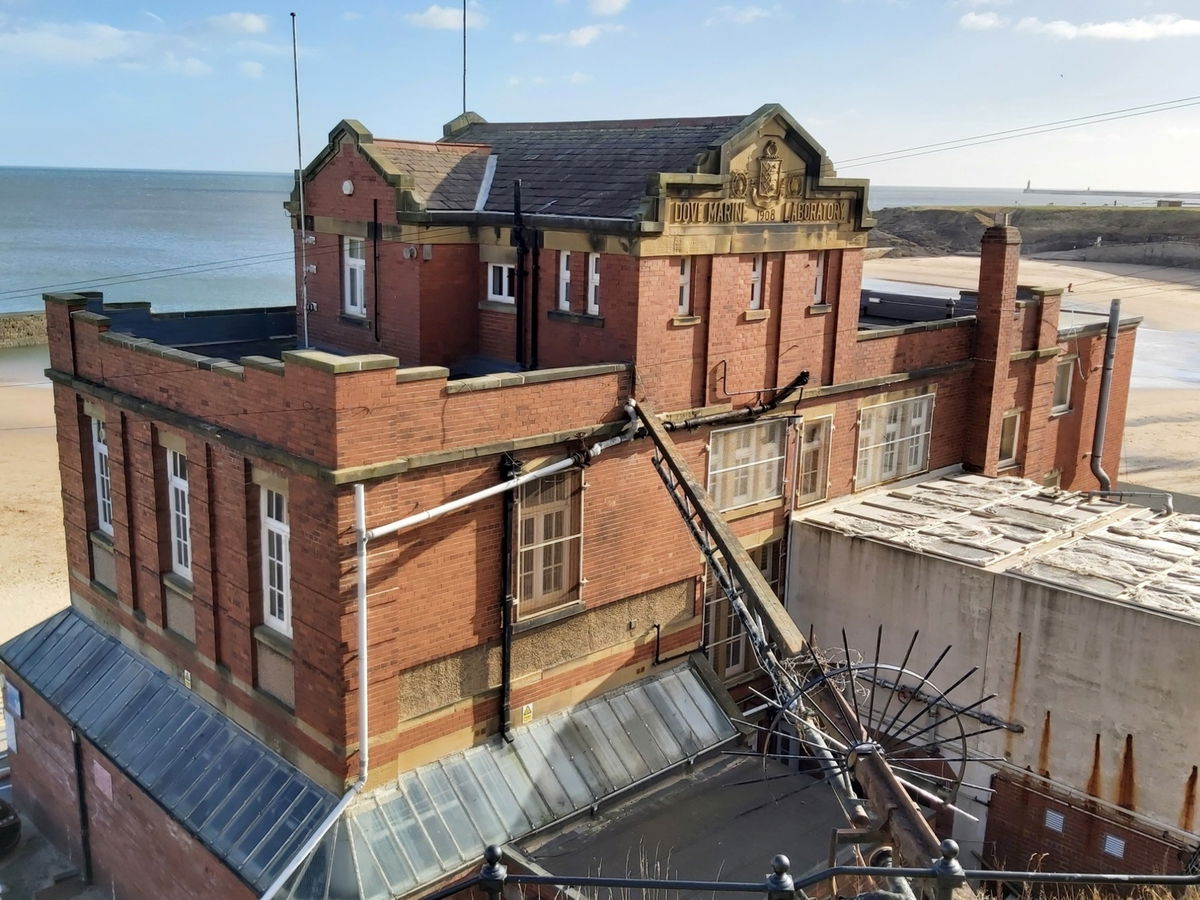
The laboratory was used by Armstrong College to study the waters of the north east coastline from 1887 until 1904 when both it and the Saltwater Baths burned down on 28th March. It was agreed that the work of the laboratory should continue and in 1906 the landowner, Wilfred Hudleston (a Geologist and Fellow of the Royal Society), offered to finance the construction of a much larger facility on the site of the old Baths. The new Laboratory was opened by the Duke of Northumberland on the 29th September 1908, and Hudleston, who was reluctant to publicise his generosity, asked that it be named after the daughter of one of his ancestors Eleanor Dove, hence Dove Marine.
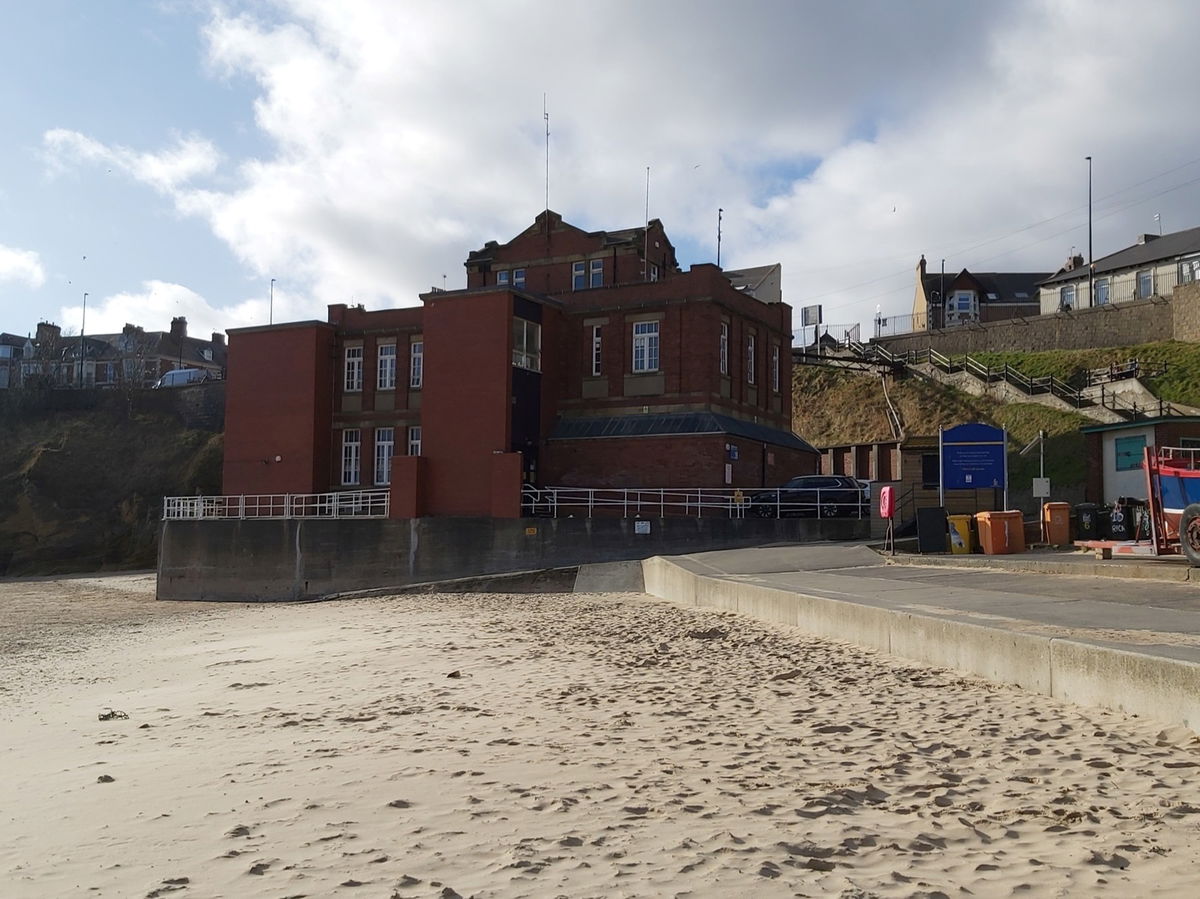
On Hudleston's death in 1909, Armstrong College purchased the site and took over the running of Dove Marine, making it a department of their College. In 1911, with the College's reputation growing, Dove Marine acquired its first boat “The Evadne”. The building also operated a public aquarium and also housed the coble that Grace Darling and her Father used to rescue the survivors of The Forfarshire shipwreck in 1838. At one point the entrance had to be accessed by walking across a long beam.
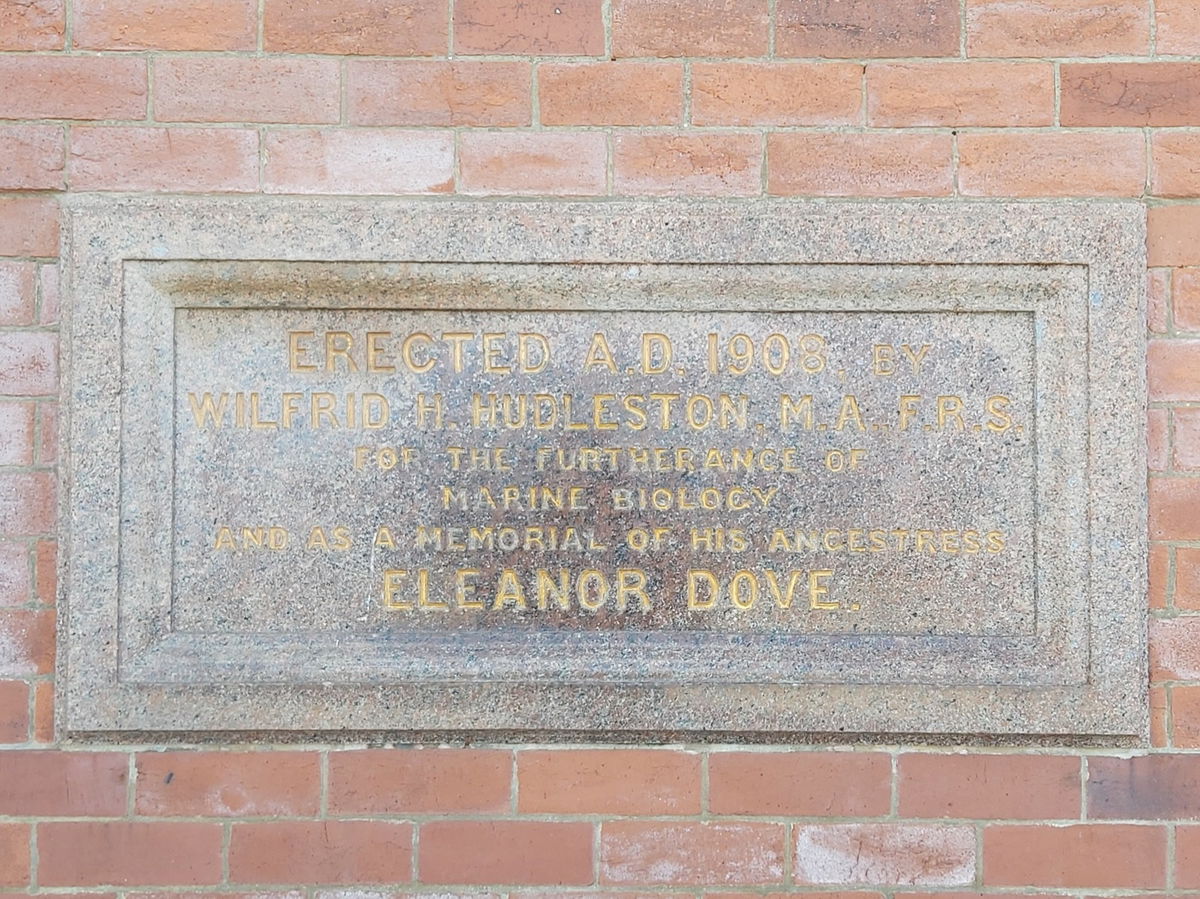
In 1967 the responsibility for the Dove Marine Laboratory transferred to Newcastle University, who look after it today. In 2008 it celebrated its Centenary and once again the festivities were led by the Duke of Northumberland. It still operates a boat, currently RV The Princess Royal which has been in use since 2011, with previous vessels being; Pandalus (1950s); The Alexander Meek (1950s - 1973) and RV Bernicia (1973-2011).
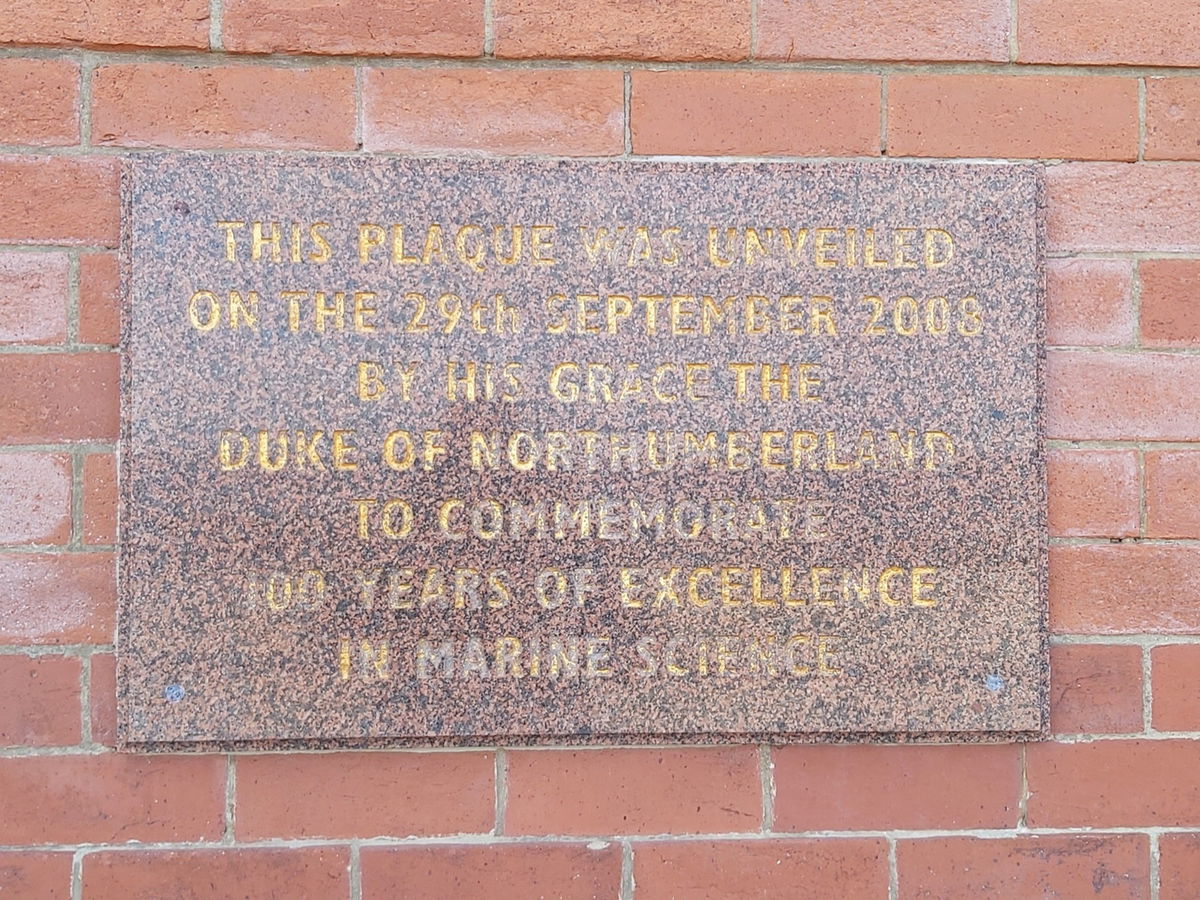
As a research facility the Laboratory is normally closed to the public, but holds open days during the summer months and as part of other events such as Cullercoats Harbour Day and Heritage Open Days.
Get 1 point if you have visited this place. Already visited by 119 VIPs.
Login to the VIP area to add places to your bucket list, mark them as visited and more importantly see where you rank on the league table.
How To Find Dove Marine
Where To Park For Dove Marine?
Lat / Long
55.029714, 55.029714
What three words
Parking is available on Grand Parade, just to the south of St George's Church at Cullercoats.
Contributed by Andrew Gardner
I love being outdoors, in nature, and experiencing the relaxation it brings. Wandering through the northern countryside seeing unexpected buildings, historic places and occasionally surprised wildlife is one of life's great pleasures.
More Places from Andrew
More Places In Cullercoats
Find more fabulous places in Cullercoats, Tyne And Wear and if you know of a place we haven't listed, then let us know.
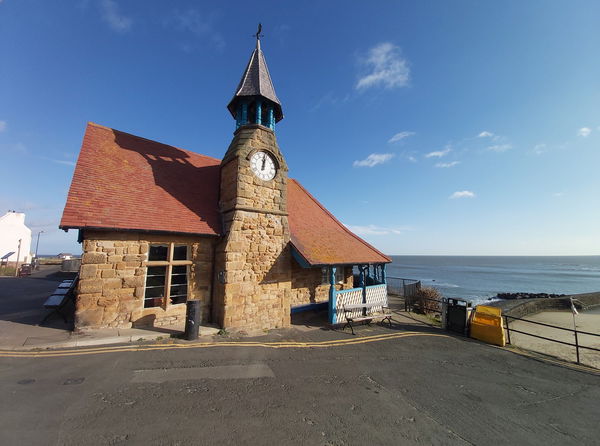
Cullercoats Watch House
Building Cullercoats Tyne And WearA grade two listed iconic building in Cullercoats constructed as a lookout for fishermen.
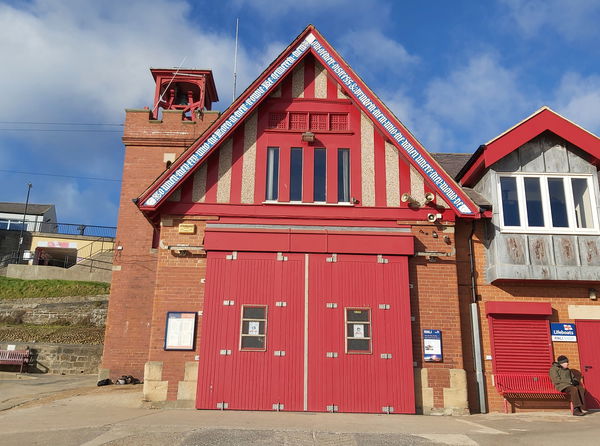
Cullercoats Lifeboat Station
Building Cullercoats Tyne And WearA 19th Century, Grade II listed, Lifeboat Station situated on the beautiful horseshoe bay at Cullercoats.
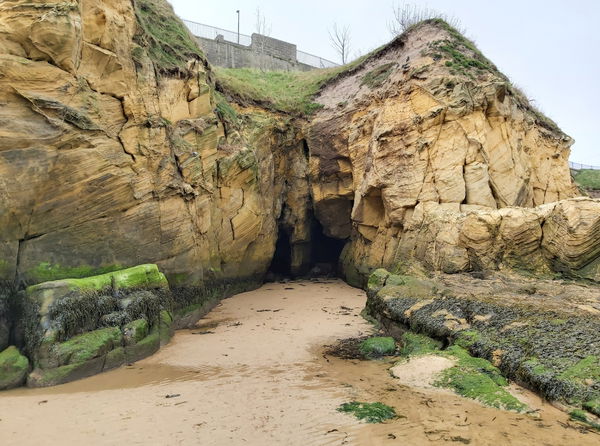
Cullercoats Caves
Cave Cullercoats Tyne And WearCaves at Cullercoats Bay known locally as Fairies Caves.
More Buildings
So this building wasn't enough and you want more? Don't worry we have you covered.
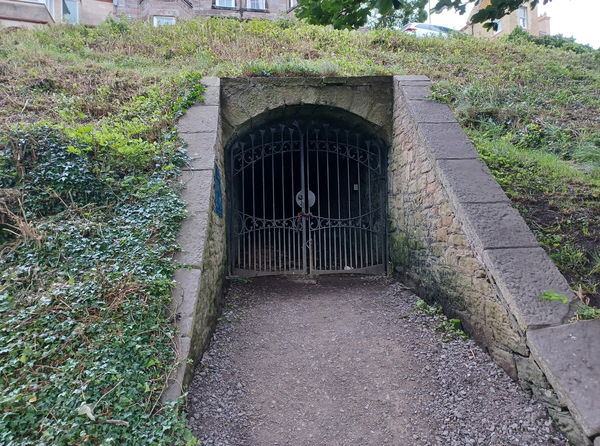
Bank Hill Ice House
Building Berwick Upon Tweed NorthumberlandA Grade II listed building that was constructed in 1796 to store ice for the fishing industry.
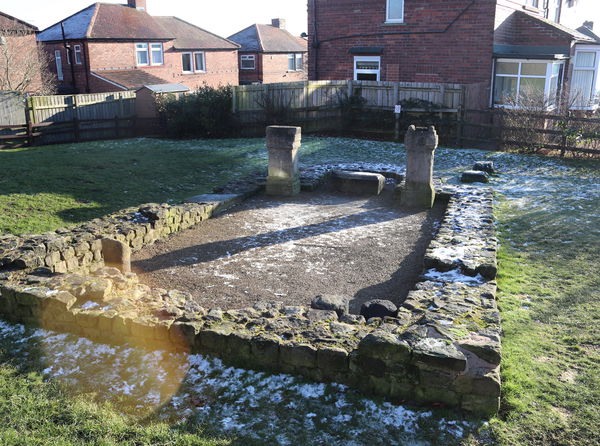
Benwell Temple Of Antenociticus
Building Benwell Tyne And WearA ruined Roman template dedicated to the local deity Antenociticus.
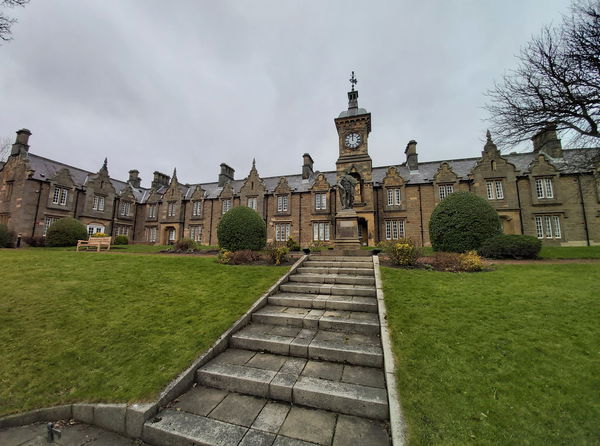
Master Mariners Homes
Building North Shields Tyne And WearA Grade II listed building in North Shields built in 1893-94 to provide accommodation for retired and needy seafarers and their wives.
Find Walks To Dove Marine
Find which walks will visit Dove Marine and plan your next adventure.

Cullercoats To North Shields
8km (5 miles) Cullercoats Tyne And WearA wander from Cullercoats to Tynemouth and North Shields and then back via the coastal route.
Never Miss A Fabulous Place
If you are afraid of missing out on all the fabulous places we post, or just want to be the first to know, then sign up to the Fabulous North.
Each week we will email you all the brand new places that we visit.
Sign Up To AlertsFind Us On Facebook
We post all our new places daily on our Facebook Groups page, so join the group today and be notified when we add a new place.
Join Our Facebook GroupDove Marine was listed in Building // Tyne And Wear // Cullercoats


